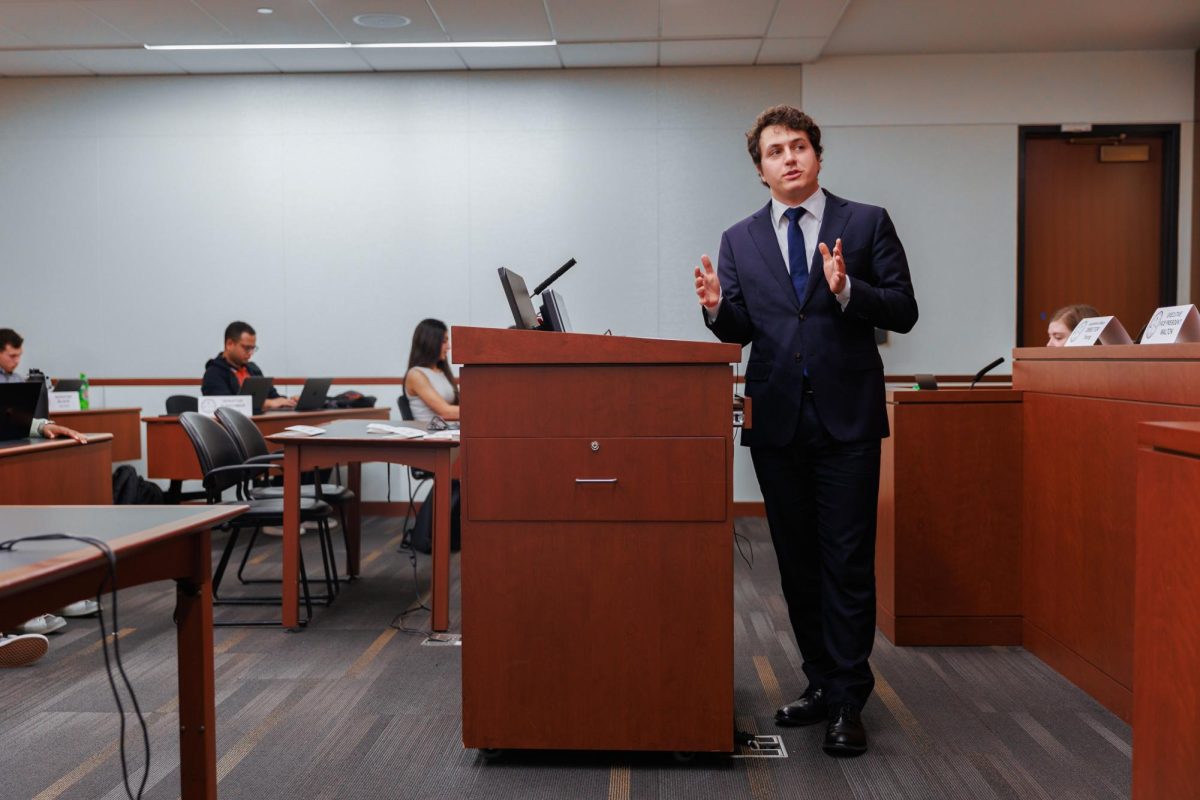The process of redistricting the District kicks into gear next month, bringing with it the age-old question of how the city’s transient student population should be represented.
D.C.’s population broke the 600,000-person mark in the 2010 Census – which some attribute to the Census’ policy to count students at their college residence, rather than their hometowns.
Yet D.C. Council member Jack Evans, who represents Ward 2 and is co-chair of the committee in charge of redistricting the city, did not have an answer as to whether or not Advisory Neighborhood Commission district lines will be drawn based on student populations.
D.C. Students Speak – a group of students seeking to inject student opinion into local debates – is creating (it’s just in the planning stages) a push to get students involved in drawing ANC lines so student needs aren’t diluted. Currently GW’s Foggy Bottom Campus is split among three different single member districts in the area marked as ANC 2A.
At Georgetown University, most of the campus is within one single member district-safely held by a Georgetown student in the last decade- but three other SMDs include the edges of campus.
American University is split between two single member districts, and last month an undergraduate began serving the southern district, which also includes residential areas off campus. Howard University is also split between two districts.
“It’s something that is incredibly important,” Scott Stirrett, chair of D.C. Students Speak, said of redistricting. He noted that gerrymandering can limit student representation, though it’s estimated one in six residents of D.C. is a college student. His group has pushed for more students to register to vote in D.C. so they can influence who is elected to represent their neighborhood.
“We should have a much larger voice,” Stirrett said.
Redistricting will determine the makeup of ANCs, and those groups will provide representation for residents to other parts of D.C.’s government. ANCs can influence new laws, and they have a say in development projects-most notably the expansion projects proposed by universities in the area.
AU freshman and Commissioner Deon Jones said last month that he has to balance the needs of students and neighbors, but is standing up for students on certain issues. Jones noted that 61D citations for noise, which count as an arrest on one’s record but don’t result in detention time, are usually given to college students.
Last week a new law went into effect that now makes it illegal “to make an unreasonably loud noise between 10 p.m. and 7 a.m. that is likely to annoy or disturb one or more other persons in their residences.”
Violators may be fined up to $500, or face up to 90 days in prison.
D.C. Students Speak wants to repeal the law, which it says will disproportionately affect students.
Once Census data reaches Evans’s committee in March, hearings will be held to solicit input from residents. He said students are welcome to participate too, noting they have played a role in redistricting in the past.
Evans, along with co-chair Michael Brown and committee member Phil Mendelson, both at-large council members, will make recommendations to the council on the ward boundaries that will be voted on by July 14. ANCs and single member districts are then drawn by the fall.
“Each ward has to be approximately 75,000 people, plus or minus 5 percent” under the law, Evans said.
If the wards change, ANCs will also be affected. More importantly, he noted, are boundaries for single-member districts within the ANCs. Each SMD is required by law to have 2,000 people, give or take 5 percent of the population.
“That’s where the gerrymandering takes place,” Evans said.
He said the “overriding sentiment” is that residents want their districts to stay the same, with geographic boundaries like neighborhoods playing a role. The income level and personalities of residents may also affect redistricting moves.
Though he hasn’t yet received data with ward population breakdowns, Evans said he thought there would be an increase in Ward 2’s population. He noted that there’s been an uptick in construction projects in the last decade.
Ward 2 now has seven ANCs, the most of any other D.C. ward. Evans explained that a ward’s size could shrink during redistricting if its population went over the cap, however, and lines shifted to redistribute the District’s population.






